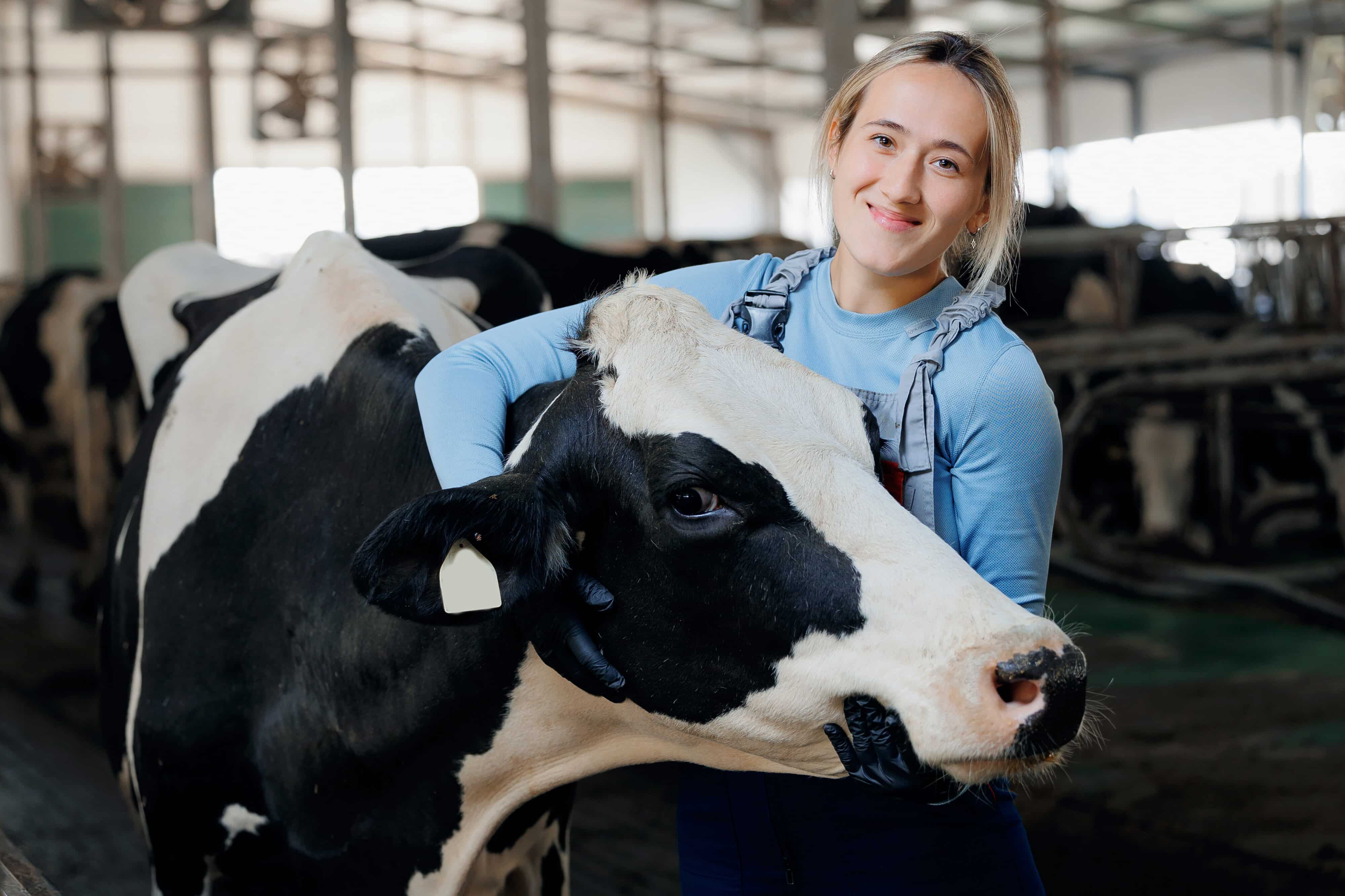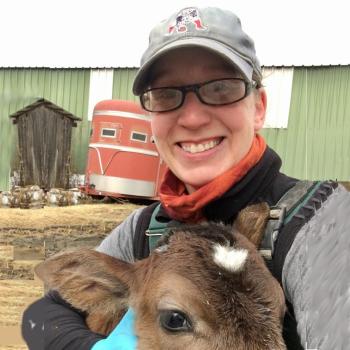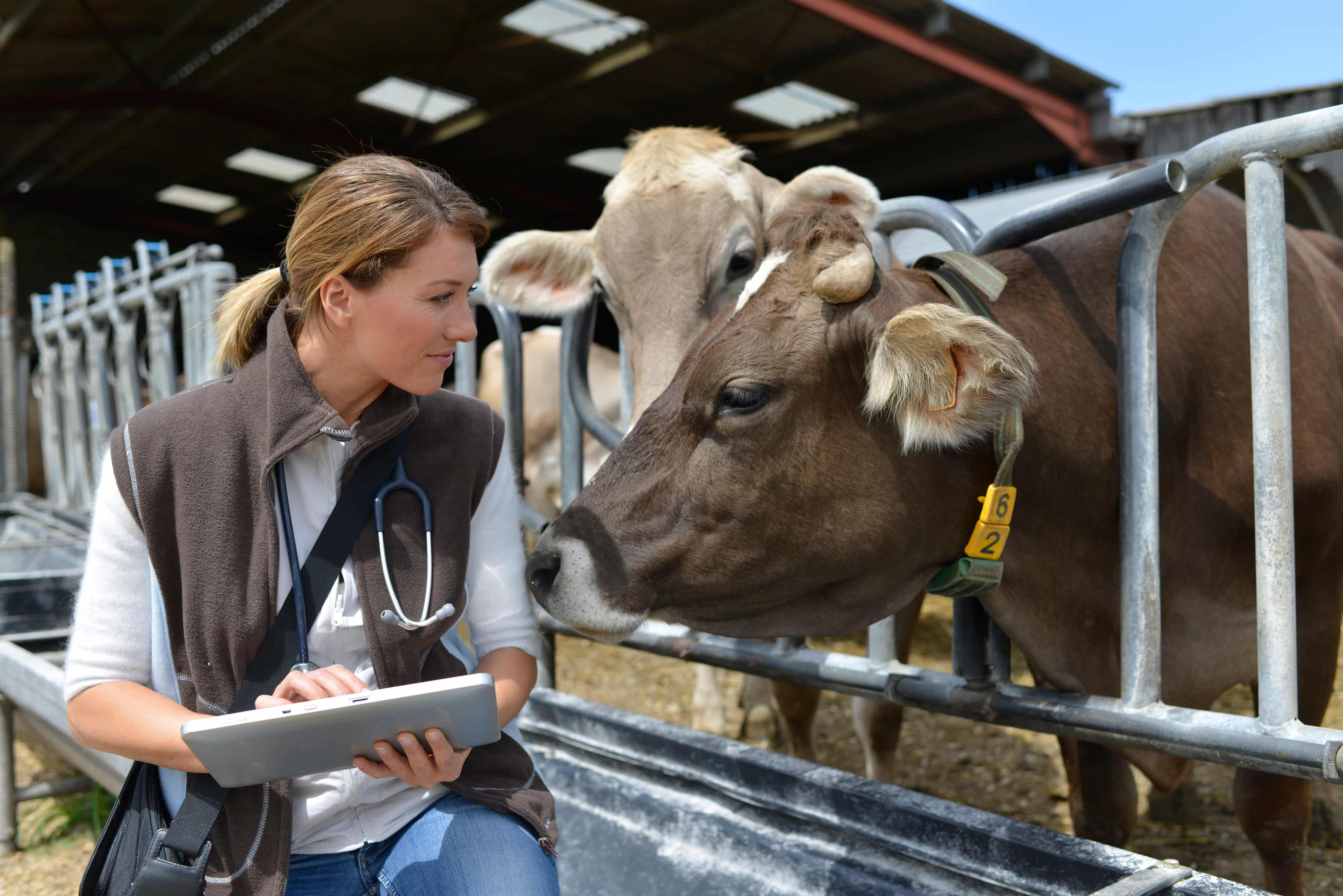When a fresh dairy cow goes off feed and milk production drops, your diagnostic radar should light up. One of the most common culprits behind these signs? A displaced abomasum (DA), a condition that every veterinary student should master for both clinical practice and NAVLE® success.
What Is a Displaced Abomasum?
The abomasum is the glandular, true stomach in ruminants. In healthy cows, it sits on the ventral midline of the abdomen, slightly right of center. But during early lactation, especially in cows experiencing postpartum complications, it can become distended with gas and “float” out of position. This can result in a left displaced abomasum (LDA) or, more critically, a right displaced abomasum (RDA), which can escalate to abomasal volvulus.
LDAs are more common and often stable. RDAs, on the other hand, are surgical emergencies because they may compromise blood flow.
Clinical Signs and Common Presentations
There’s a classic pattern to DA cases that you’ll hear time and again:
- Fresh cow (within 4 weeks of calving)
- Off feed
- Down in milk production
If you hear an audible “ping” during percussion between the left elbow and the tuber coxae, you’ve got a strong case for LDA.
Other possible signs include:
- Decreased rumen contractions
- Caudal ribs on left, in front of paralumber fossa pushed outward by LDA (“sprung”)
- Mild dehydration
- Changes in manure output (scant or liquid)
- Tachycardia and colic behaviors in volvulus cases
Key Diagnostic Tools
While clinical signs often point the way, these tools help confirm the diagnosis:
- Auscultation & percussion: A high-pitched ping over ribs 9–13 on the left side = LDA
- Bloodwork: Common findings include hypochloremia, hypokalemia, and mild metabolic alkalosis
- Ketone testing: Increased blood or urine ketone levels suggests concurrent ketosis (either primary or secondary)
- Rectal palpation: RDAs or volvulus may be palpable; LDAs generally are not
- Liptak test: Rarely used, but abomasal fluid tapped near the ping is acidic (pH ~2)
Treatment Options and When to Use Them
Treatment depends on severity, cow value, and available resources.
Medical Management (LDA only):
- Roll the cow (right → back → left) to reposition the abomasum: RECURRENCE LIKELY
- Administer oral propylene glycol for ketosis
- Provide IV or oral calcium if suspect hypocalcemia
- Feed palatable, high-quality forage
- Optional: rumen transfaunation from a healthy cow
Surgical Management (LDA, RDA, volvulus):
- LDA ONLY: Roll and toggle/tack (blind procedures; more common than the two below)
- Standing right flank omentopexy
- Ventral abomasopexy (more anatomically correct but requires cow to be in dorsal recumbency)
As a rule of thumb: “Never let the sun set on an RDA.” RDAs and volvulus are emergencies and require immediate intervention.
Prognosis and Prevention Tips
Prognosis is excellent for simple LDAs, moderate for RDAs, and poor for abomasal volvulus, especially with high heart rates or prolonged illness.
To reduce incidence:
- Balance prepartum nutrition to prevent negative energy balance
- Monitor fresh cows closely for other periparturient diseases
- Maintain excellent record-keeping and target <1% DA incidence in the herd
DA Management = Pattern + Practice
Whether you’re in the clinic or prepping for NAVLE®, remember: DA cases reward pattern recognition. Recognize the triad of a classic presentation. Know your ping locations. Match your treatment plan to the cow in front of you.




